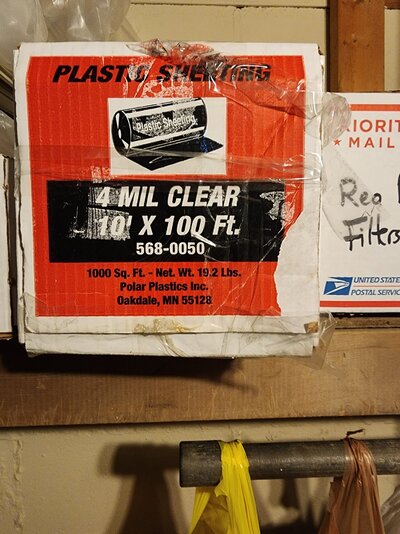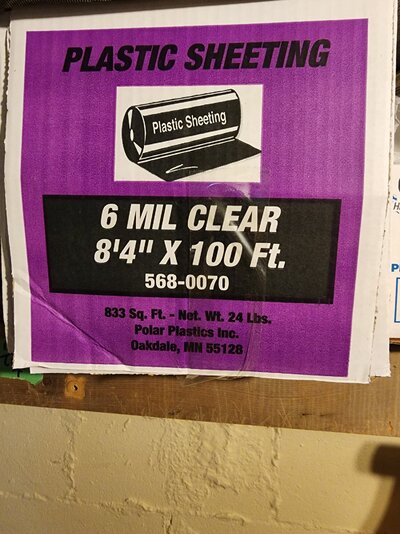Stefankeyes
Songster
- Nov 6, 2021
- 83
- 242
- 106
So not really about heating. I have 2 hens. A welsummer and a cream legbar. We are nearing winter here in Scotland. Our winters can be quite brutal for temps. This is my first winter having my chickens outside. they have a 8x8ft Run in our back yard thats 6ft tall. Our winter temps can get down to around -5C (around 20-23F) I was looking at maybe buying large clear sheets of plastic to cover up their run area so cold winds wouldnt bother them. as it does get rather windy over here in the winter. Would it be necessary i do that? or will they be ok without that? I should say their coop is a small one. Big enough for the 2 though. But does not have a door on it. Designed without a door. I want to make sure as we are coming into winter, that they will be as comfortable as they can be. Budget is tight. although starting a new job in a couple of weeks. so i can save for improvements if anyone has suggestions.
many thanks to all
many thanks to all








